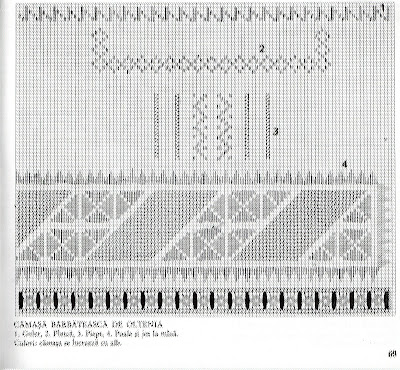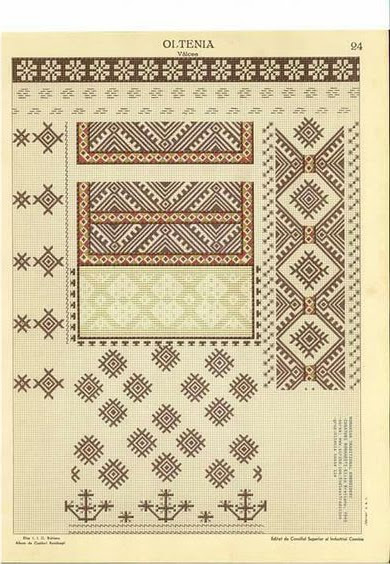Hello all,
Today I will do a very easy post, but one that I hope will be useful. This will simply be all of the graphed embroidery designs that I have from Oltenia, arranged by county. These are mostly from the internet, and most can be enlarged for embroidery use.
Here are designs which are simply labelled Oltenia.
Mehedinți
Dolj
Romanați
Vâlcea
And that concludes today's article. Thank you for reading, I hope that you have found this to be interesting and informative. I hope that those of you who embroider will make use of this.
Roman K.
email: rkozakand@aol.com




























































































































































































































